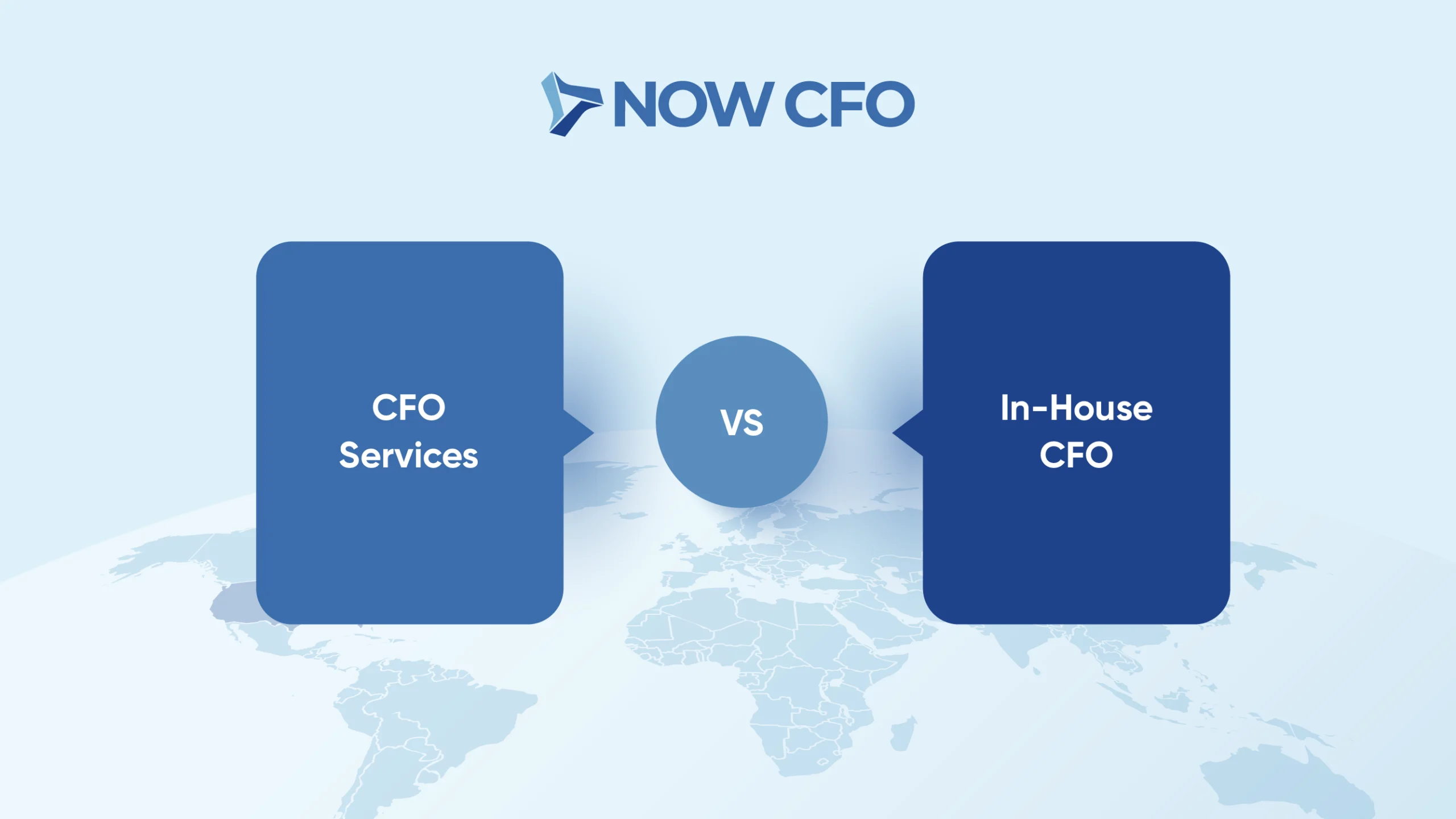
Financial statements serve as the heartbeat of any business, offering a detailed snapshot of its financial health and performance. While these statements might seem complex and daunting, they hold invaluable insights that can guide strategic decisions and drive success.
In this blog post, we will break down the intricacies of financial statements in an easily understandable manner, empowering you to confidently interpret and analyze your financial performance.
The Three Key Financial Statements: An Overview
Financial statements are typically comprised of three key components: the balance sheet, the income statement (also known as the profit and loss statement), and the cash flow statement. Each statement sheds light on various aspects of a company’s financial position and operations.
1. Balance Sheet: A Snapshot of Financial Position
The balance sheet provides a snapshot of a company’s financial position at a specific point in time. It showcases what the company owns (assets), what it owes (liabilities), and the residual value for shareholders (equity). The balance sheet follows the fundamental accounting equation: Assets = Liabilities + Equity.
2. Income Statement: Revealing Profitability
The income statement presents a summary of a company’s revenues, expenses, and net income (profit or loss) over a specified period, usually a fiscal quarter or year. It demonstrates whether the company is generating profits from its core operations.
3. Cash Flow Statement: Tracking Cash Movements
The cash flow statement tracks the inflows and outflows of cash within a business during a specific period. It consists of three sections: operating activities (cash generated from primary business operations), investing activities (cash flows from buying or selling assets), and financing activities (cash flows from borrowing or repaying debt, and raising or paying dividends).
Learn More: The 3 Key Financial Statements
Breaking Down Complex Concepts
1. Understanding Balance Sheet Items:
- Assets: These are the resources owned by the company, including cash, accounts receivable (money owed by customers), inventory, equipment, and property. Assets are categorized as current (short-term) or non-current (long-term) based on their liquidity.
- Liabilities: These represent the company’s obligations, such as loans, accounts payable (money owed to suppliers), and accrued expenses. Like assets, liabilities are also classified as current or non-current.
- Equity: Equity represents the residual interest in the assets of the company after deducting liabilities. It includes contributed capital from shareholders and retained earnings (profits reinvested in the business).
2. Deciphering Income Statement Components:
- Revenue: Revenue represents the total income generated from the sale of goods or services. It is the top line of the income statement and a key indicator of business performance.
- Cost of Goods Sold (COGS): COGS includes the direct costs associated with producing goods or providing services. It is subtracted from revenue to determine gross profit.
- Gross Profit: This is the difference between revenue and COGS, reflecting the profitability of core operations.
- Operating Expenses: These are the costs incurred to operate the business, such as salaries, rent, utilities, and marketing expenses.
- Operating Income: Operating income is calculated by subtracting operating expenses from gross profit, indicating the profitability of the company’s primary activities.
- Net Income: Also known as net profit or the bottom line, net income is the final profit after deducting all expenses, including taxes and interest.
3. Decoding Cash Flow Statement Movements:
- Operating Cash Flow: This section reflects the cash generated or used in day-to-day operations. Positive operating cash flow indicates the business is generating sufficient cash from its core activities.
- Investing Cash Flow: Investing activities involve buying or selling assets, such as property, equipment, or investments. Positive investing cash flow might indicate strategic acquisitions or sales of non-essential assets.
- Financing Cash Flow: Financing activities involve transactions with shareholders, lenders, or creditors. This includes borrowing money, repaying debt, raising capital, and paying dividends.
Leveraging Expertise for Success
Understanding financial statements is not reserved for finance professionals alone. Armed with foundational knowledge, non-financial experts can navigate these documents with confidence, extracting meaningful insights to guide strategic decisions. As your business grows, partnering with financial experts such as NOW CFO can provide additional support in interpreting and analyzing financial statements. By unraveling the complexities of financial statements, you empower yourself to drive growth, optimize operations, and achieve lasting success.
Get Your Free Consultation
Gain Financial Visibility Into Your Business
We provide outsourced CFO, fractional CFO, and temporary CFO, Internal Controls, Audit Preparation, Inventory Management and operational Accounting services that suit the needs of your business.
- Hourly Rates
- No Hidden Fees
- No Long Term Requirements
NOW CFO provides the highest level of expertise in finance and operational accounting to accelerate results and achieve strategic objectives for sustainable growth and success.
After completing the form, a NOW CFO Account Executive will reach out and learn more about your needs so that we can pair you with the right Partner.
Learn More: Unlocking the Secrets of Financial Statements














